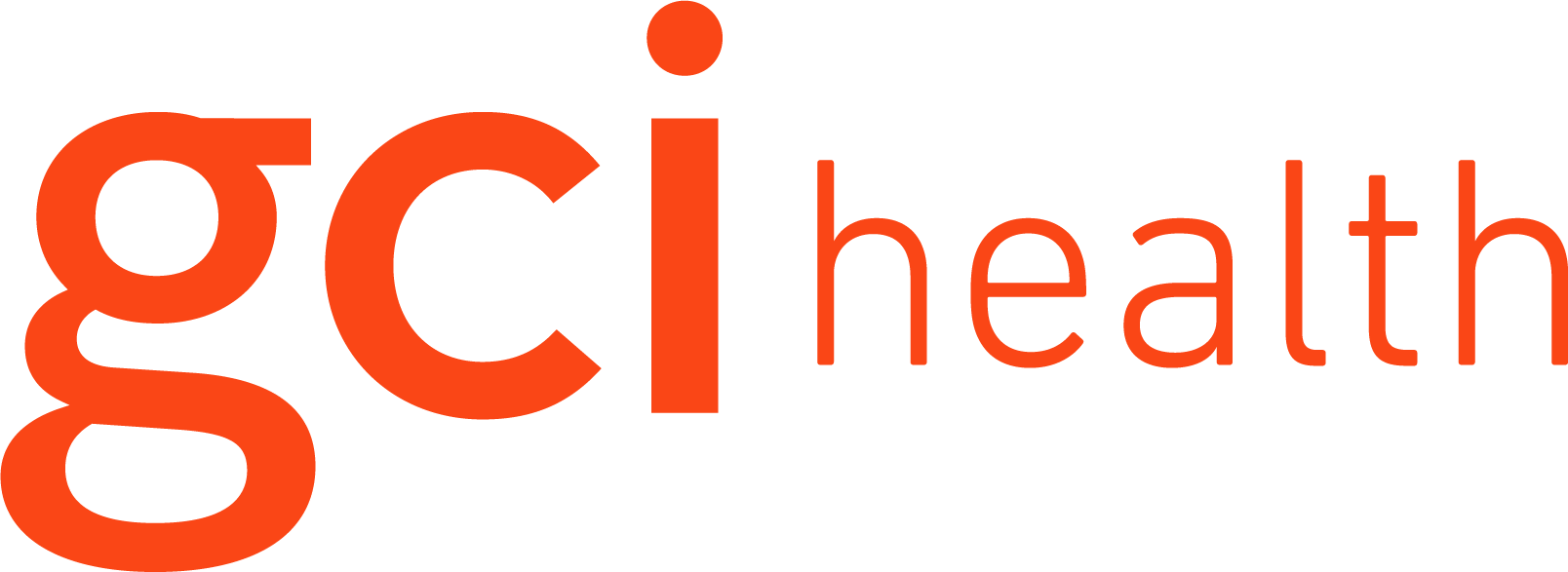‘Disruption’ – a word reminiscent of Silicon Valley and hoodies at work - has become one of the most popular buzzwords of the last decade for businesses on the cutting edge of innovation. But what does disruption and the demand for change look like in healthcare?
Digital technologies are fundamentally changing patient-physician relationships, access and quality of care, as well as patient outcomes. But the notion of upended industry standard, norms, values and behaviors in the healthcare industry opens the door to a new generation of questions.
As part of GCI Health’s signature initiative, ‘People at the Center’, we aim to do more than connect people to care through strategic communication; we get closer to “the source” by immersing ourselves in compelling, personal stories and trends that offer insight on how to leverage communication to create positive change.
Recently, we welcomed a long-time partner that has been mining insights to shape people-centric solutions for almost half a century: The Harris Poll.
The Harris Poll presented current trends in healthcare - ranging from Artificial Intelligence and remote device applications to Chat Bot technologies, digital therapeutics, consumerist health movements and developments in integrated health systems. Sparking more than just interesting water cooler conversation for the office, these trends delivered a real glimpse into the future of healthcare and how that could impact our role as healthcare communicators.
• There is tension at the intersection of health and technology. New solutions like AI remote devices and Chatbots provide steps forward in access and delivery – but also create stress and anxiety over privacy concerns in an increasingly-connected and changing environment. As communicators, we need to consider this when counseling clients and creating programs, tools and resources for consumers. There may be a need for additional education to help build sensitivity among internal stakeholders to this issue, and externally, to shore up consumer trust and confidence.
• Healthcare delivery issues are inspiring unorthodox solutions. The inherent challenges of healthcare systems and ever-increasing costs have brought forward unorthodox solutions like crowdfunded medical care – and unexpected partnerships between companies like Uber and Aetna. These examples can inspire us to think outside the “typical” healthcare space.
• Informational empowerment or information overload? There have never been more channels for patients and care partners to access information, share experiences and create new communities. Patients are bypassing traditional healthcare delivery systems and information sources to make their own healthcare decisions and even acquire treatments, making it increasingly difficult to break through the clutter with accurate information. As healthcare communicators, we need to go beyond creating standard messages for clients about their products, but also consider the current narrative and potential misinformation in the marketplace.
• Generation Fit. The rise of “generation fit” has birthed a new cohort of influencers who are playing an increasingly important role in healthcare – even when they are not traditional healthcare experts. While these trendsetters shouldn’t be dismissed for not fitting into the typical healthcare influencer mold, it can be challenging to vet their impact and credibility using traditional criteria.
• Innovation everywhere: Technological advances like AI and artificial organs are transforming the research pipeline. But as communicators we must remember that the lab is not the only place to find innovation. If clients don’t have cutting edge treatments to talk about – help them find potential innovations in how they are manufacturing, transporting or delivering their products – especially in ways that could benefit patients.
There’s no question that technology is paving a new way for improved patient experiences, patient-physician relationships, and quality of care and outcomes. But the challenges these advances create also underscore that clear, patient-centered communications will be a critical part of maximizing the benefits of healthcare disruption and innovation.



